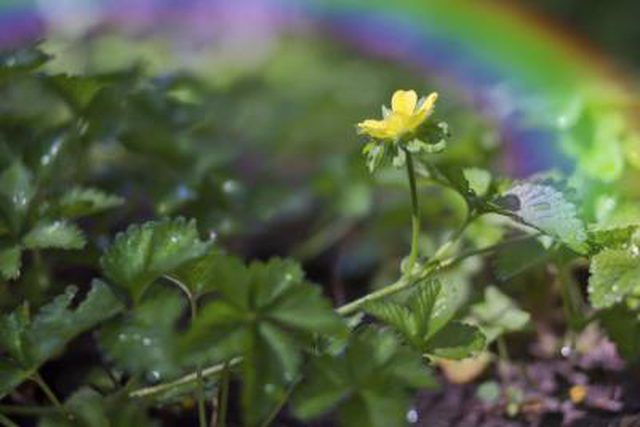Bulbs
Flower Basics
Flower Beds & Specialty Gardens
Flower Garden
Garden Furniture
Garden Gnomes
Garden Seeds
Garden Sheds
Garden Statues
Garden Tools & Supplies
Gardening Basics
Green & Organic
Groundcovers & Vines
Growing Annuals
Growing Basil
Growing Beans
Growing Berries
Growing Blueberries
Growing Cactus
Growing Corn
Growing Cotton
Growing Edibles
Growing Flowers
Growing Garlic
Growing Grapes
Growing Grass
Growing Herbs
Growing Jasmine
Growing Mint
Growing Mushrooms
Orchids
Growing Peanuts
Growing Perennials
Growing Plants
Growing Rosemary
Growing Roses
Growing Strawberries
Growing Sunflowers
Growing Thyme
Growing Tomatoes
Growing Tulips
Growing Vegetables
Herb Basics
Herb Garden
Indoor Growing
Landscaping Basics
Landscaping Patios
Landscaping Plants
Landscaping Shrubs
Landscaping Trees
Landscaping Walks & Pathways
Lawn Basics
Lawn Maintenance
Lawn Mowers
Lawn Ornaments
Lawn Planting
Lawn Tools
Outdoor Growing
Overall Landscape Planning
Pests, Weeds & Problems
Plant Basics
Rock Garden
Rose Garden
Shrubs
Soil
Specialty Gardens
Trees
Vegetable Garden
Yard Maintenance
How Does Sunlight Affect Plant Growth?
How Does Sunlight Affect Plant Growth?. Plants respond to all light, but sunlight affects plant growth in ways that artificial light does not. Grow lamps attempt to duplicate the sun's brilliant rays, but they fall short on several levels. Plants need light for survival, and sunlight provides the full spectrum of light, along with cues on when and...

Plants respond to all light, but sunlight affects plant growth in ways that artificial light does not. Grow lamps attempt to duplicate the sun's brilliant rays, but they fall short on several levels. Plants need light for survival, and sunlight provides the full spectrum of light, along with cues on when and how to use it. Every aspect of plant growth eventually boils down to the life-giving energy available through sun.
Energy Creation
Sunlight fuels plant growth through a process called photosynthesis, which converts light into food in plants. The ability of leaves to capture that energy source affects a plant's growth rate as well the ways different plant parts grow. Leaves on a single plant grow and change in response to different light levels they receive. To maximize photosynthesis and light-absorbing chlorophyll, leaves change in size, thickness, structure and position. In the spectrum of colors sunlight holds, green light waves affect plant growth least. Chlorophyll reflects most green light, making plant leaves appear green.
Germination and Flowering
Sunlight influences stages of plant growth through the duration of light delivered each day. Light duration impacts germination and whether plants put on leafy, green growth or set flower buds. Blooming plants often need a set length of daily light exposure, known as photoperiod, to bloom. Long-day plants bloom when sunlight exceeds their set point. Short-day plants blossom when light duration drops below their set photoperiod. Greenhouse growers often manipulate light duration and color to stimulate flowering in blooming plants. Blue light waves enhance vegetative growth. Blue and red light combine to encourage flowering.
Direction of Growth
Sunlight affects the direction and orientation of plant growth in short- and long-term ways. Some plants, such as annual sunflowers (Helianthus annuus), respond specifically to sunlight. Known as heliotropic plants, they follow the sun's daily cycle from east to west. All plants are phototropic, meaning they respond to all forms of light. Stems respond by growing toward light. Roots grow in the opposite direction. When light shines from one side only, growth hormones work to help capture more light for photosynthesis. Called auxins, the hormones move to stimulate cells on the shaded side to grow longer. Elongated cells cause the plant to bend and grow toward the light.
Seasonal Changes
Changes in length and intensity of sunlight cause plant energy to redirect and growth to slow. Lower light levels in the fall signal winter's approach. Plant growth shifts from foliage and blooms to root growth and energy conservation. Tiny membranes grow at leaf bases, slowing the transport of energy until leaves eventually drop. Photosynthesis slows, chlorophyll breaks down and the familiar green color departs. Leaves reveal yellows, oranges and browns that were hidden by green before. Sugars in certain leaves and fruits respond to sunlight and temperatures, and new colors of red and purple appear. The side toward sunlight responds by producing the most color.